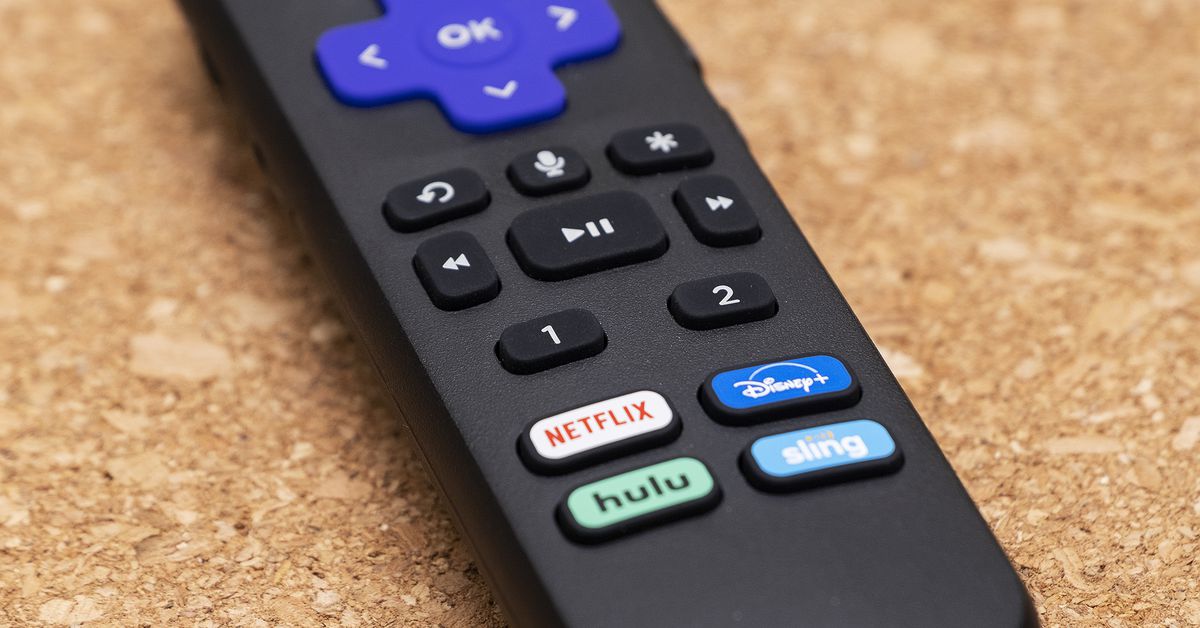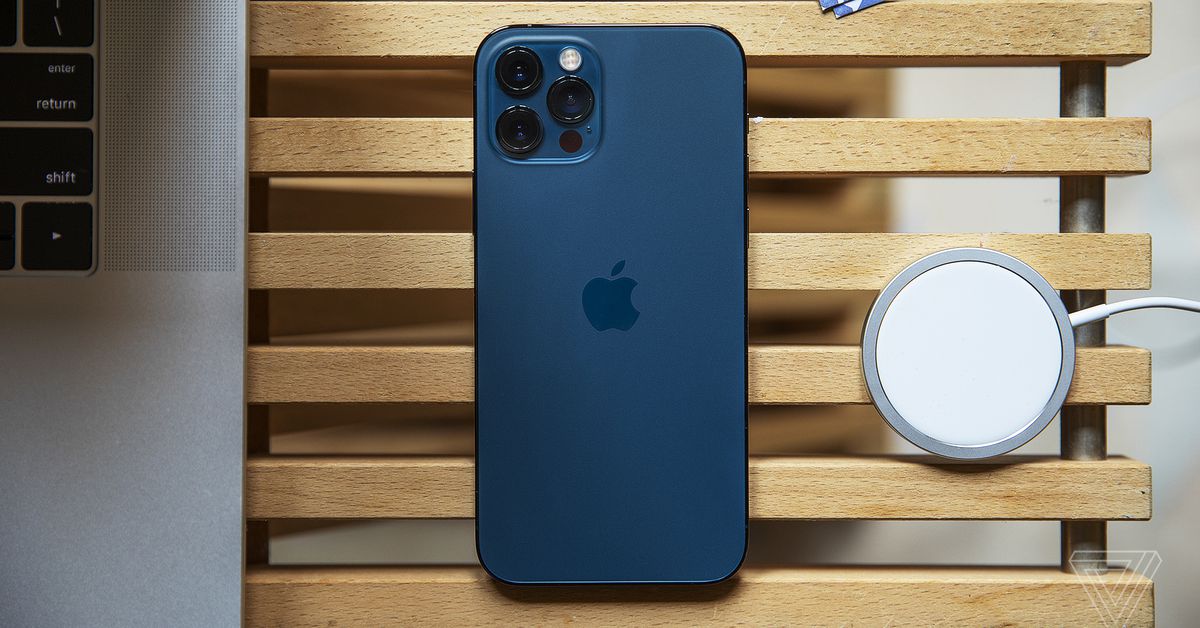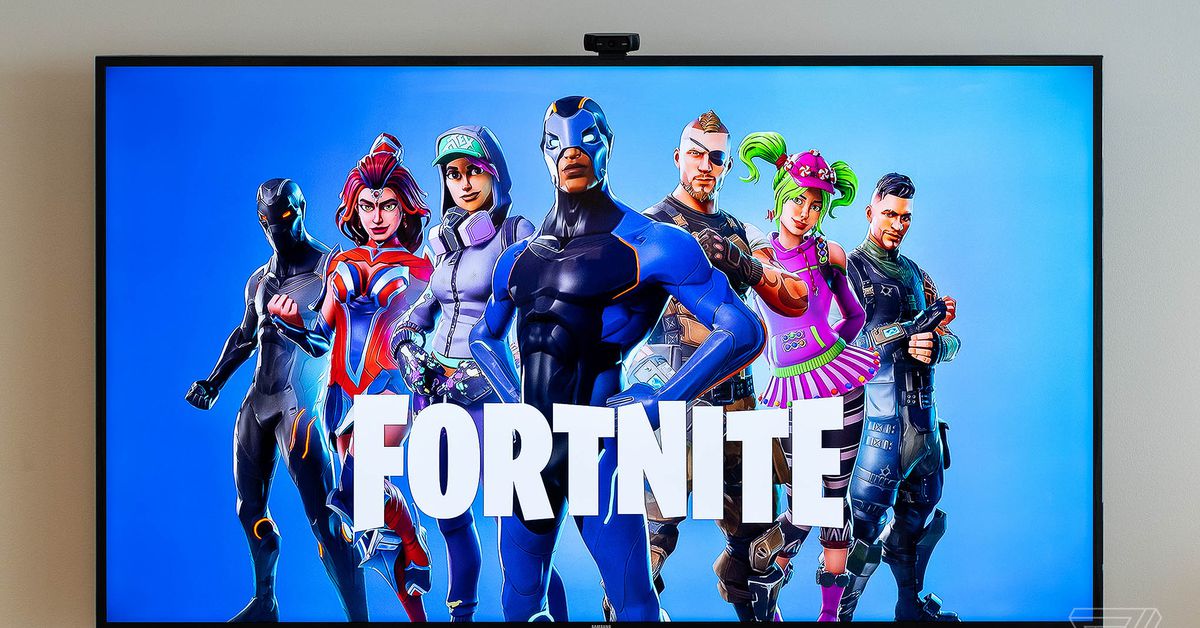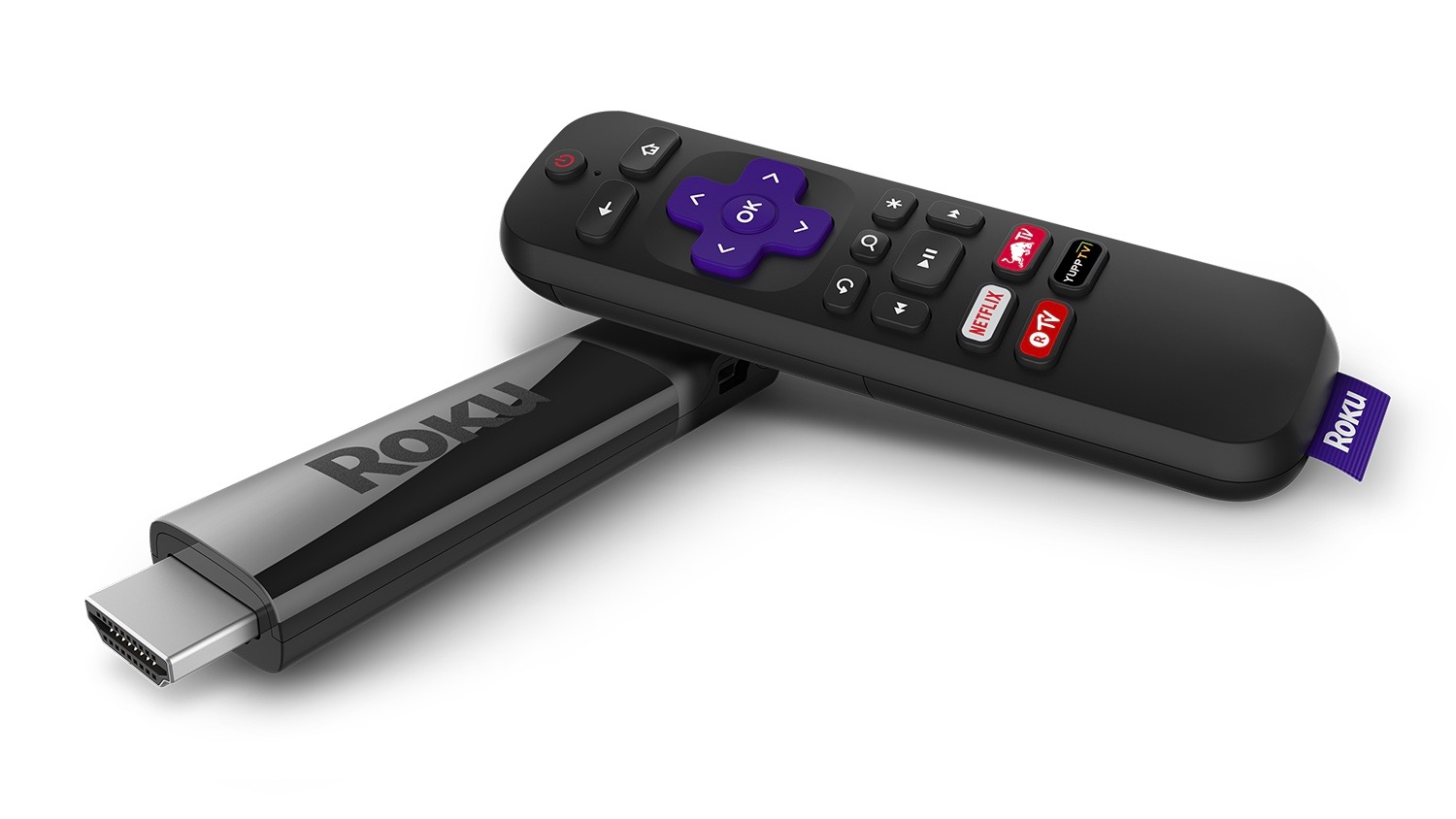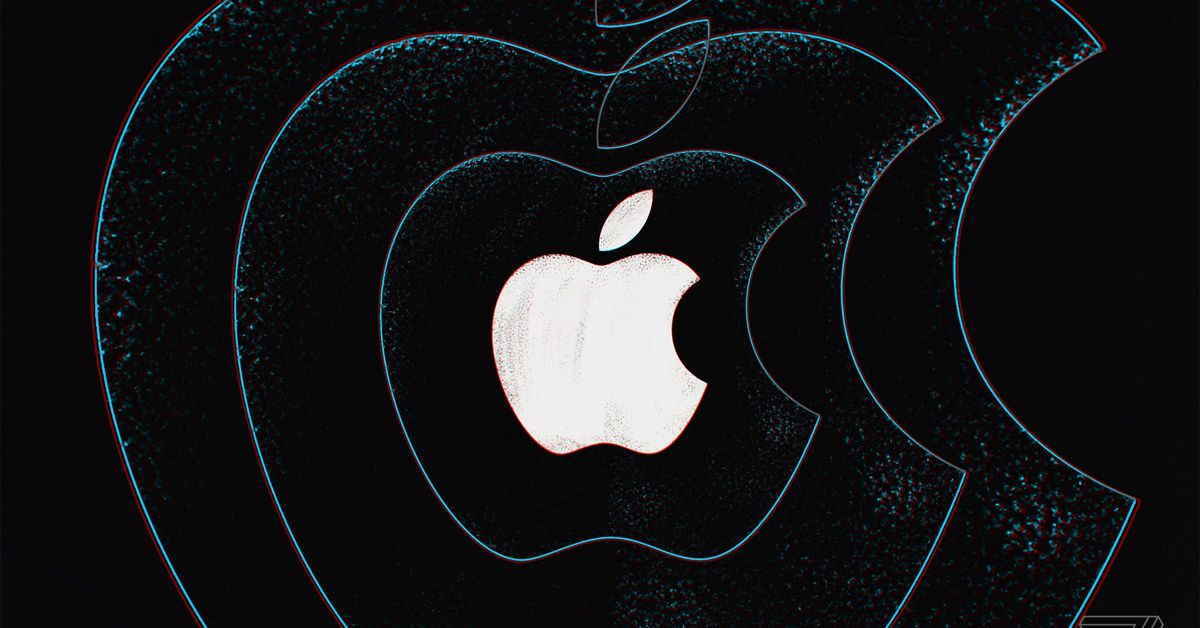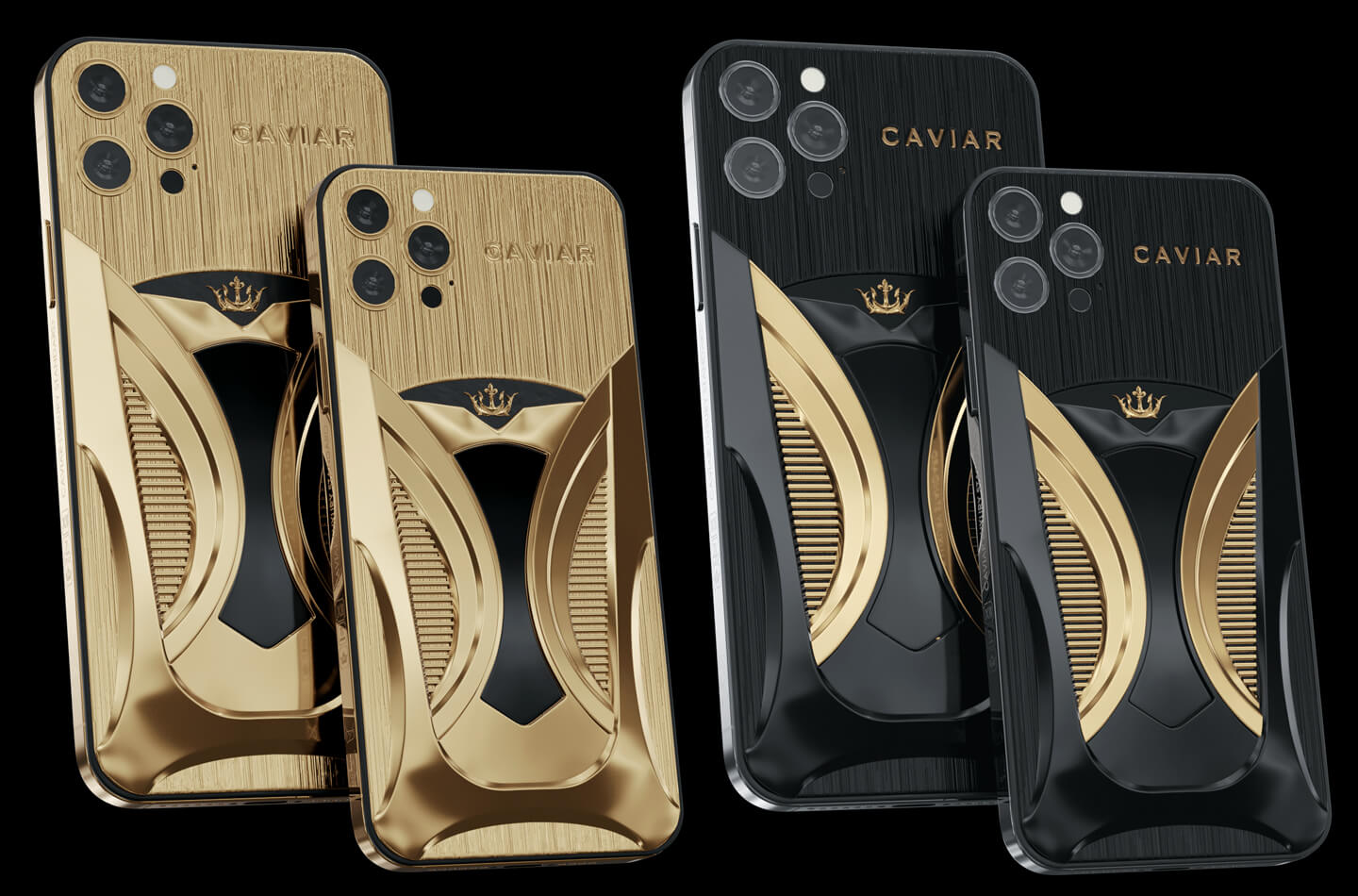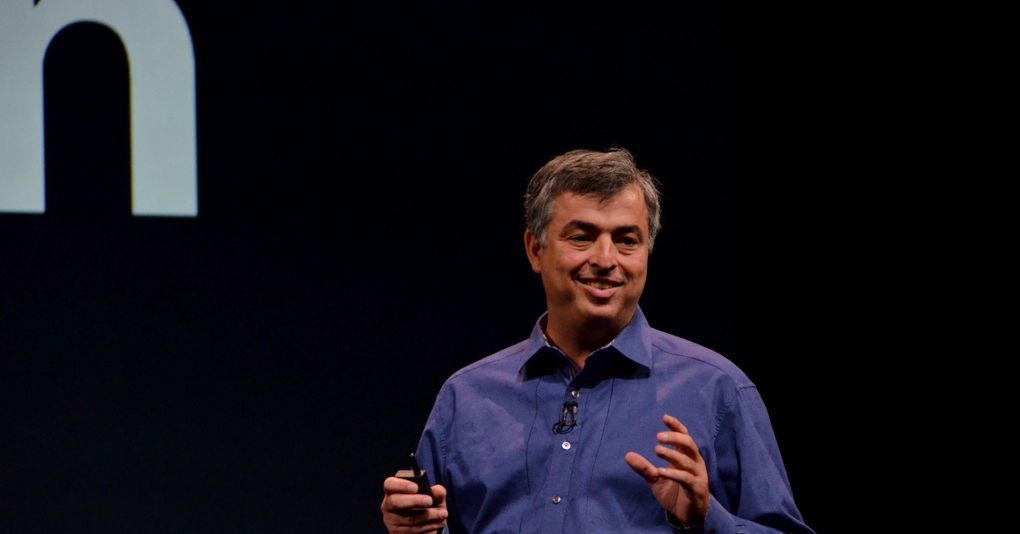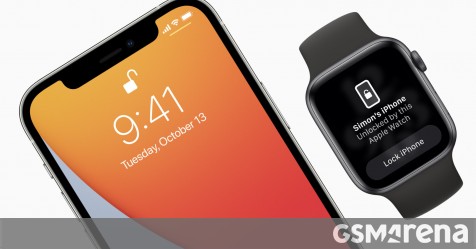I.
The controversy that embroiled enterprise software maker Basecamp this week began more than a decade ago, with a simple list of customers.
Around 2009, Basecamp customer service representatives began keeping a list of names that they found funny. More than a decade later, current employees were so mortified by the practice that none of them would give me a single example of a name on the list. One invoked the sorts of names Bart Simpson used to use when prank calling Moe the Bartender: Amanda Hugginkiss, Seymour Butz, Mike Rotch.
Many of the names were of American or European origin. But others were Asian, or African, and eventually the list — titled “Best Names Ever” — began to make people uncomfortable. What once had felt like an innocent way to blow off steam, amid the ongoing cultural reckoning over speech and corporate responsibility, increasingly looked inappropriate, and often racist.
Discussion about the list and how the company ought to hold itself accountable for creating it led directly to CEO Jason Fried announcing Tuesday that Basecamp would ban employees from holding “societal and political discussions” on the company’s internal chat forums. The move, which has sparked widespread discussion in Silicon Valley, follows a similar move from cryptocurrency company Coinbase last year.
Fried’s memo was revised and updated several times; co-founder David Heinemeier Hansson followed with one of his own. Together, they are two of the most outspoken leaders in the entire tech industry on issues related to company culture, remote work, and collaboration. The company has published five books on work culture, one of which was a New York Times bestseller.
But both of their posts avoided discussing the actual series of events that had led up to the policies, which were related directly to the workplace. In fact, the events all took place on Basecamp’s own software, which it sells to other companies on the promise of improving cohesion and reducing stress in the workplace.
Employees say the founders’ memos unfairly depicted their workplace as being riven by partisan politics, when in fact the main source of the discussion had always been Basecamp itself.
“At least in my experience, it has always been centered on what is happening at Basecamp,” said one employee — who, like most of those I spoke with today, requested anonymity so as to freely discuss internal deliberations. “What is being done at Basecamp? What is being said at Basecamp? And how it is affecting individuals? It has never been big political discussions, like ‘the postal service should be disbanded,’ or ‘I don’t like Amy Klobuchar.’”
Interviews with a half-dozen Basecamp employees over the past day paint a portrait of a company where workers sought to advance Basecamp’s commitment to diversity, equity, and inclusion by having sensitive discussions about the company’s own failures. After months of fraught conversations, Fried and his co-founder, David Heinemeier Hansson moved to shut those conversations down.
”In the end, we feel like this is the long-term healthy way forward for Basecamp as a whole — the company and our products,” Fried wrote in his blog post.
Several employees, though, are already making their exit plans.
Basecamp, which makes workplace collaboration tools and launched the email service Hey last year, has long been recognized for producing “opinionated software.”
“We’ve hired opinionated people, we’ve created opinionated software, and now basically the company has said, ‘well, your opinions don’t really matter — unless it’s directly related to business,’” one told me. “A lot of people are gonna have a tough time living with that.”
II.
In December, a new hire at Basecamp volunteered to help the company work on diversity issues. Posting on a long-dormant thread in the Basecamp software, which resembles a message board, the employee sought other volunteers to begin working on DE&I issues.
There was reason to believe that the co-founders would be receptive. In 2017, after Basecamp had been around for 18 years, Fried wrote an essay in Inc. about the company’s weak record on diversity issues. “I believe a company is at its best when it reflects those it serves,” Fried wrote. “If you fill a room with 20 random employees and 20 random customers, an outside observer should have trouble telling them apart.”
Last year, in the wake of the racial justice protest that swept the country, Hansson had encouraged employees to read Between the World and Me, a memoir by Ta-Nahesi Coates, and The New Jim Crow, Michelle Alexander’s exploration of the racist nature of mass incarceration. Both founders are also active — and occasionally hyperactive — on Twitter, where they regularly advocate for mainstream liberal and progressive views on social issues.
While Basecamp does not publish diversity statistics, it is still, like most tech companies, majority white and male, employees said. But the idea of worker-led efforts on diversity issues got a frosty reception from the founders last year, employees told me. They were allowed to work on the project, but did not feel as if the founders were particularly invested in the outcome.
Nonetheless, the DE&I council attracted significant support. More than a third of the company — 20 out of roughly 58 employees — volunteered to help. They began examining Basecamp’s hiring processes, which vendors the company works with, how Basecamp employees socialize, and what speakers they might invite to one of the all-remote company’s twice-yearly in-person gatherings.
In the aftermath of these discussions, employees began to discuss the list of customer names. On April 13, two employees posted an apology on the internal Basecamp for having contributed to the list in the past. The employee responsible for initially creating it had left the company. But while previous versions of the list had been deleted, copies had resurfaced.
The employees noted that there had never been an internal reckoning over the list, and said it was important to discuss why making fun of customers’ names had been wrong. The apology included an image of “the pyramid of hate,” an illustration created by the Anti-Defamation League to show how the most extreme acts of extremist violence are enabled by a foundation of biased attitudes and acts of bias.
A day later, Hansson responded with a post of his own. He had conducted a forensic analysis of who created the document and how it had spread around the company. He called it a systemic failure on the company’s part. In a conversation with me today, he acknowledged that he and Fried had known about the list for years.
“There was some awareness at the time within the company that that list had existed and it wasn’t acted upon. That is squarely on Jason’s and my record.” The list, he said, “in itself is just a gross violation of the trust … It’s just wrong in all sorts of fundamental ways.”
Employees responded mostly positively to the first part of this note. But Hansson went further, taking exception to the use of the pyramid of hate in a workplace discussion. He told me today that attempting to link the list of customer names to potential genocide represented a case of “catastrophizing” — one that made it impossible for any good-faith discussions to follow. Presumably, any employees who are found contributing to genocidal attitudes should be fired on the spot — and yet nobody involved seemed to think that contributing to or viewing the list was a fireable offense. If that’s the case, Hansson said, then the pyramid of hate had no place in the discussion. To him, it escalated employees’ emotions past the point of being productive.
Hansson wanted to acknowledge the situation as a failure and move on. But when employees who had been involved in the list wanted to continue talking about it, he grew exasperated. “You are the person you are complaining about,” he thought.
Employees took a different view. In a response to Hansson’s post, one employee noted that the way we treat names — especially foreign names — is deeply connected to social and racial hierarchies. Just a few weeks earlier, eight people had been killed in a shooting spree in Atlanta. Six of the victims were women of Asian descent, and their names had sometimes been mangled in press reports. (The Asian American Journalists Association responded by issuing a pronunciation guide.) The point was that dehumanizing behavior begins with very small actions, and it did not seem like too much to ask Basecamp’s founders to acknowledge that.
Hansson’s response to this employee took aback many of the workers I spoke with. He dug through old chat logs to find a time when the employee in question participated in a discussion about a customer with a funny-sounding name. Hansson posted the message — visible to the entire company — and dismissed the substance of the employee’s complaint.
Two other employees were sufficiently concerned by the public dressing-down of a colleague that they filed complaints with Basecamp’s human resources officer. (HR declined to take action against the company co-founder.)
Less than two weeks later, Fried announced the new company policies.
III.
When Coinbase announced its ban on internal political discussions last year, some managers I spoke with praised the move for the clarity it brought to the workplace. By making workplace chat a politics-free zone, Coinbase was freeing employees to do the work they were hired to, rather than wage partisan warfare on the job. It’s no surprise, then, that Coinbase CEO Brian Armstrong was among those who praised Basecamp’s moves this week: “Another mission focused company,” he tweeted, followed by the emoji for applause. “It takes courage in these times.”
What that view misses, I think, is how confusing rules like these are to employees. One Basecamp worker I spoke with today, who requested anonymity, wondered the extent to which parenting issues could be raised at work. “How do you talk about raising kids without talking about society?” the employee said. “As soon as I bring up public schools, then it’s already political.”
Jane Yang, a data analyst at the company, told me that restricting internal conversations would negatively affect diversity and inclusion efforts. For example, she said, the company’s profit-sharing plan gave more profits to people who have longer tenure — a group that is majority white and male. Making that discussion off-limits internally could ensure that inequality in profit sharing becomes a structural feature of the company. (Yang also wrote an open letter to the founders about her experiences at the company.)
That confusion is compounded by the fact that, for a small company, Basecamp has taken an outsized number of political stances — all of which employees are encouraged to discuss. Most prominently, the company and its founders have been vocal critics of Apple’s 30 percent tax on in-app purchases. But it has also involved itself in politics at a much lower level: in 2018 Basecamp let a candidate for Chicago mayor use its office in the West Loop as a campaign headquarters.
Basecamp employees are encouraged to discuss the company’s own political positions — or, perhaps more accurately, the founders’ political positions — as much as they like. Keeping track of which issues of the moment are up for discussion thus becomes one more chunk of mental overhead for employees who are already struggling.
Hansson told me that the rules are not draconian — no one is going to be bounced out the door for occasionally straying out of bounds. The founders’ goal is to reset the culture and focus on making products, he said, not to purge political partisans from the workforce.
But to employees, the move was received more as a shift to willful ignorance — about the world around them, and about the lived experiences of the employees who occupied it.
“There’s always been this kind of unwritten rule at Basecamp that the company basically exists for David and Jason’s enjoyment,” one employee told me. “At the end of the day, they are not interested in seeing things in their work timeline that make them uncomfortable, or distracts them from what they’re interested in. And this is the culmination of that.”
This column was co-published with Platformer, a daily newsletter about Big Tech and democracy.
